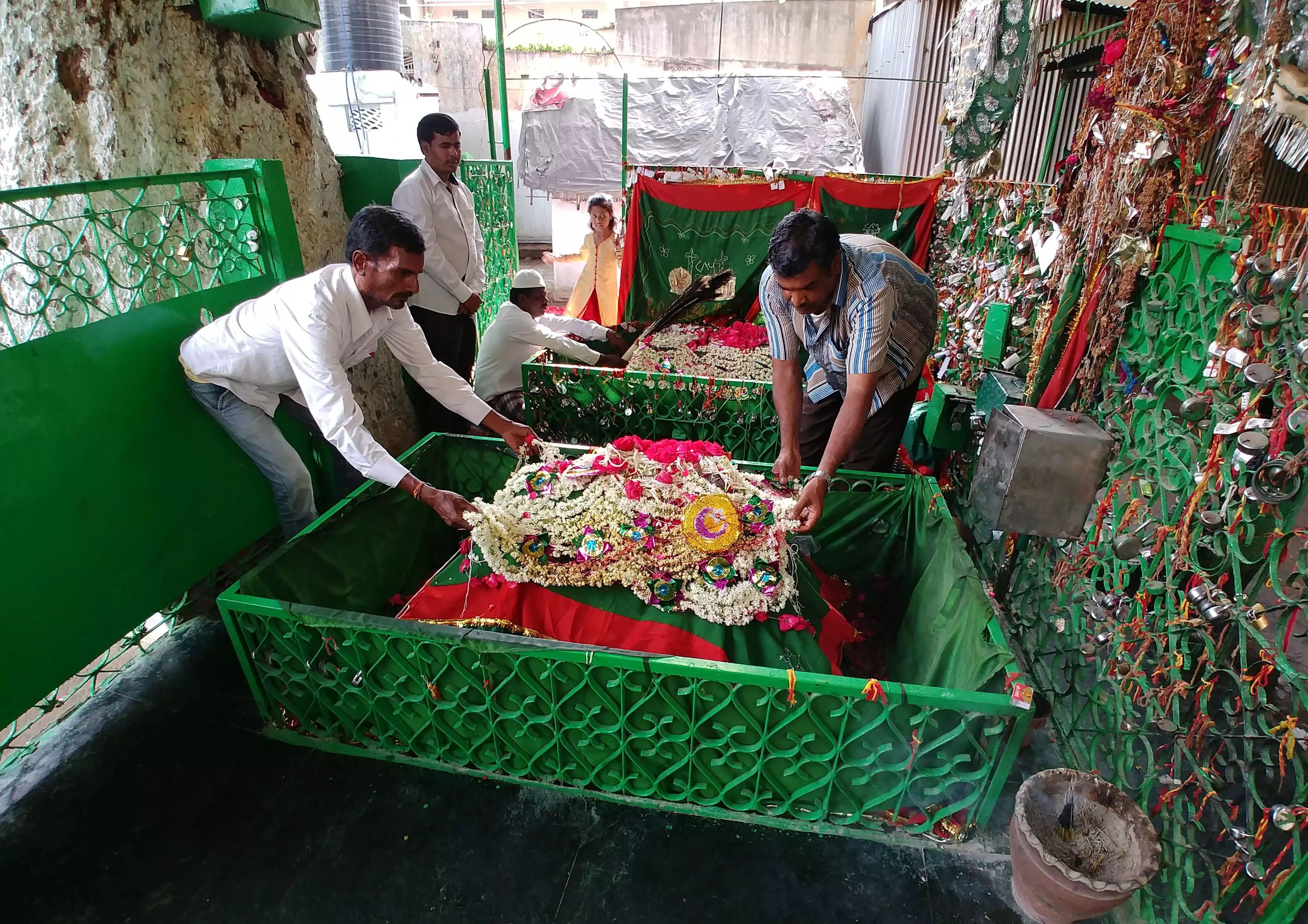Why are some dargahs painted green and others yellow? Why do the names of many places end with 'gunj'? Did our ancestors have a different outlook on death? And, did Hyderabad contribute to scientific developments? Exploring these questions, a group of heritage enthusiasts embarked on a 'map-walk' organised by Deccan Archive on Sunday, part of a series where participants explore unknown neighbourhoods in the Old City through century-old maps, discovering what has been lost and what remains. The walk began at Fateh Darwaza, one of the original gates to Hyderabad, which was established as a walled city. The group used meticulously detailed 'Munn maps', created by the Hyderabad Municipal Survey from 1912-15 under British engineer Leonard Munn.
They were made as part of the redevelopment plan of the city, in the aftermath of the 1908 floods. The group explored burial grounds and Sufi shrines, learning about the four Sufi orders — Chishti, Suhrawardi, Qadri, and Naqshbandi — each identified by different colours. They visited the shrine of Baba Yahya Pasha, draped predominantly in yellow, with highlights of green.
This shrine was flocked by devotees in large numbers as traditional medicines were administered here. The saint lived around the 1930s and was a patron of the last Nizam, Osman Ali Khan. After the death of the saint, the Nizam would come to offer sandalwood paste to his shrine annually on his Urs, or death anniversary.
“The Urs celebrations of Sufi saints in the Decc.


















